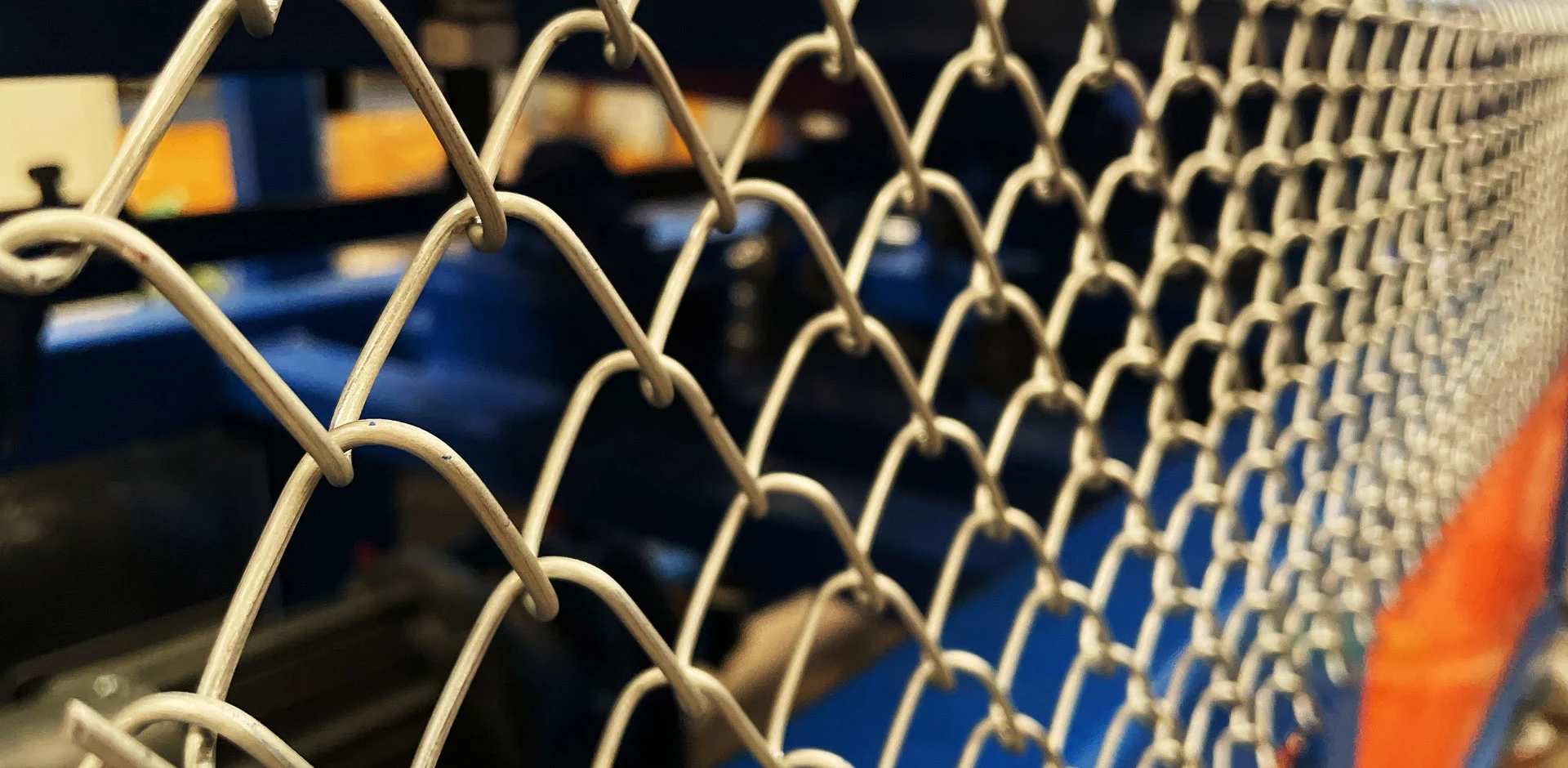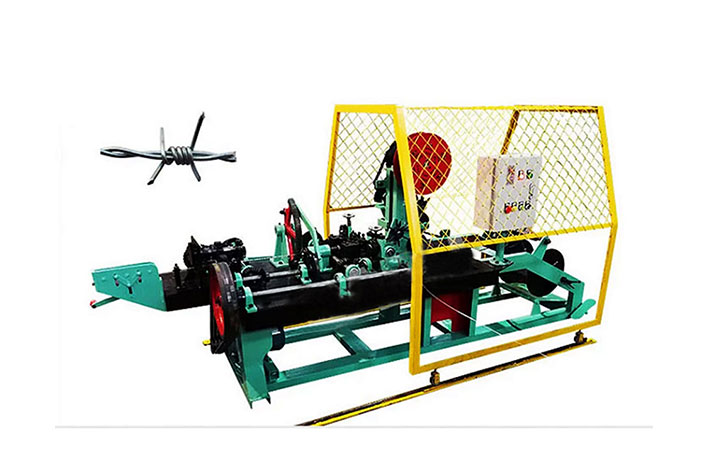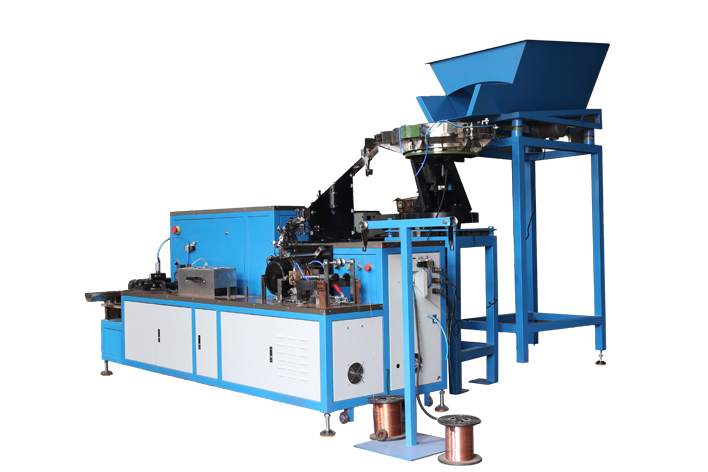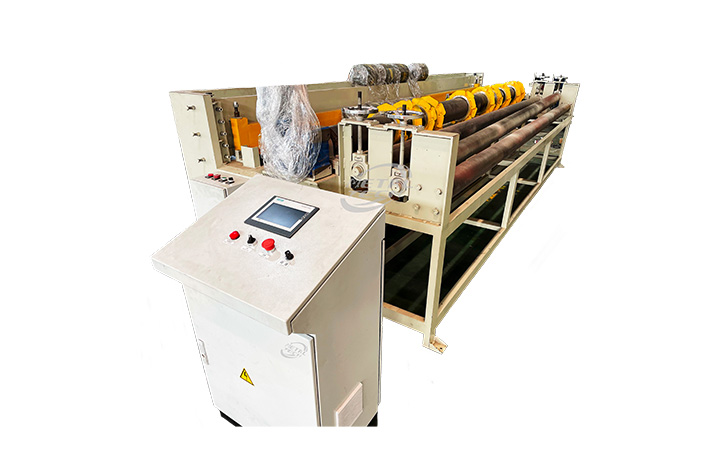1. What is a Wire Drawing Machine?
The wire drawing machine is developed and produced using imported, absorbed and digested technology. It is suitable for drawing various metal wires below Ф14mm, including spring steel wire, rope wire, curtain wire, tire wire, medical wire, gas shielded welding wire, aluminum-clad steel wire, prestressed steel wire, hose steel wire, and various low, medium and high carbon steel wires. The machine is equipped with fieldbus or digital/analog conversion technology and a touch screen display. This series of machines are high-grade, safe and convenient to operate, effectively reduce wire twisting and improve product quality, while also saving electricity and energy, greatly reducing production costs.
2. How Does a Wire Drawing Machine Work?
Wire drawing machines can be divided into large, medium and small wire drawing machines according to the diameter of the drawn wire. They can also be classified based on the wire material, such as plastic wire drawing machines, stainless steel wire drawing machines, copper wire drawing machines, and cutting wire drawing machines. Today, wire drawing machine manufacturers will introduce the working principle of straight line wire drawing machine.
During operation, the wire drawing machine consists of several small continuous production equipment composed of multiple draw heads. By gradually drawing the wire, it can be drawn to the required specifications in one go. However, as the wire diameter decreases with each draw, the working speed of each draw head should also vary. Depending on the configuration of the mold, the drawing speed of each draw head also needs to change. The working speeds of each draw head of the straight line wire drawing machine are based on the above formula to ensure that each draw head runs synchronously.
The above is based on the stable working process of the ideal state. Due to mechanical transmission errors and gaps, as well as dynamic working processes such as startup, acceleration, deceleration, and stop, it is impossible for each draw head to maintain synchronization. Therefore, most direct-in wire drawing machines now have tension sensors to dynamically measure the tension of the wire between each draw head, convert it into a standard signal, and feedback this signal to the speed control inverter. The inverter uses this signal for closed-loop PID process control, adding the adjustment amount calculated by PID to the main speed, ensuring a constant tension at each tension detection point and ensuring consistency in the direct-in wire drawing process.

 EN
EN
 fr
fr  es
es  ru
ru  pt
pt  ar
ar  vi
vi  th
th  pl
pl  ro
ro 












